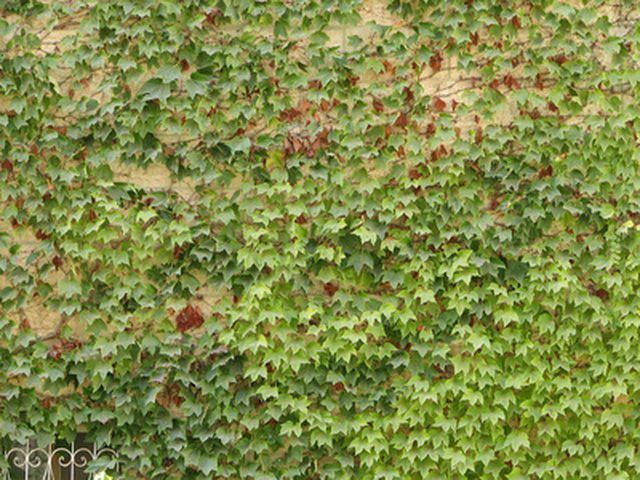Bulbs
Flower Basics
Flower Beds & Specialty Gardens
Flower Garden
Garden Furniture
Garden Gnomes
Garden Seeds
Garden Sheds
Garden Statues
Garden Tools & Supplies
Gardening Basics
Green & Organic
Groundcovers & Vines
Growing Annuals
Growing Basil
Growing Beans
Growing Berries
Growing Blueberries
Growing Cactus
Growing Corn
Growing Cotton
Growing Edibles
Growing Flowers
Growing Garlic
Growing Grapes
Growing Grass
Growing Herbs
Growing Jasmine
Growing Mint
Growing Mushrooms
Orchids
Growing Peanuts
Growing Perennials
Growing Plants
Growing Rosemary
Growing Roses
Growing Strawberries
Growing Sunflowers
Growing Thyme
Growing Tomatoes
Growing Tulips
Growing Vegetables
Herb Basics
Herb Garden
Indoor Growing
Landscaping Basics
Landscaping Patios
Landscaping Plants
Landscaping Shrubs
Landscaping Trees
Landscaping Walks & Pathways
Lawn Basics
Lawn Maintenance
Lawn Mowers
Lawn Ornaments
Lawn Planting
Lawn Tools
Outdoor Growing
Overall Landscape Planning
Pests, Weeds & Problems
Plant Basics
Rock Garden
Rose Garden
Shrubs
Soil
Specialty Gardens
Trees
Vegetable Garden
Yard Maintenance
How to Kill English Ivy by Burning
How to Kill English Ivy by Burning. English ivy is a non-native, invasive species that poses the biggest problem for forests in the Pacific Northwest. When properly maintained and contained, the vine does not pose a problem, but once left to its own devices, it quickly takes over. The vine forms a dense blanket on the forest floor and climbs trees...

English ivy is a non-native, invasive species that poses the biggest problem for forests in the Pacific Northwest. When properly maintained and contained, the vine does not pose a problem, but once left to its own devices, it quickly takes over. The vine forms a dense blanket on the forest floor and climbs trees to access the light above the canopy, preventing sunlight from reaching the tree's leaves. The weight of the vines leaves the trees vulnerable to toppling over in a storm and the ground cover inhibits the growth of native species.
Things You'll Need
Sharp hedge trimmers
Flat pry bar
Work gloves
Shovel
Contained burn barrel or other enclosure
Obtain a fire permit. Your town may not permit the burning of open piles of brush. The fire may have to be contained in an incinerator or other contained burn barrel.
Cut, grab, pull and dig the vine away from trees and ornamentals wherever you can. This can be sweaty, laborious work but it is the most effective way to remove English ivy and it is faster and more reliable than using chemical controls. A long length of vine will come loose with a single heave. Try to remove as much of the shallow root system as possible.
Use a flat pry bar to prize the large vines away from tree trunks and sever them with a sharp pair of hedge trimmers. Locate the smaller vines hiding beneath the large ones and cut them, too.
Cut the vines at shoulder and ankle height--all around the tree--and strip them from the trunk. This is known as girdling the ivy. Because ivy is not a parasitic vine, it will die once it has been separated from its root system.
Pull up as much of the root system as you can, creating a 6-foot section of ivy-free space completely encircling the tree. You should be able to roll back the roots to remove them, as recommended by The No Ivy League of Portland, Ore.
Build a small fire and begin to feed small piles of vines into the flames. Gradually feed the fire with more and more vines, until the ivy has been reduced to ashes. Burning the ivy is the only way to ensure that it is destroyed.